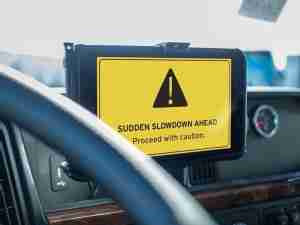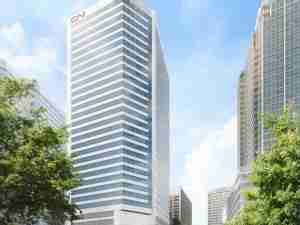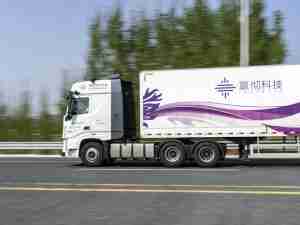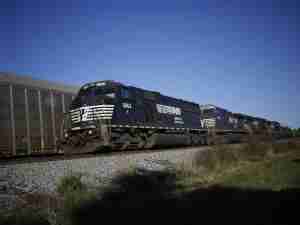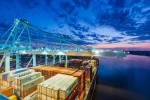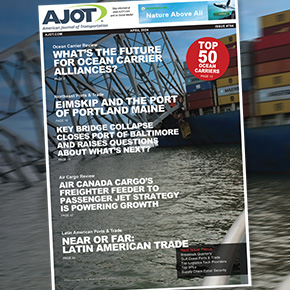NORMA Group Technology Helping to Reduce Diesel Engine Emissions
By: NORMA Group | Oct 03 2017 at 09:10 AM | Intermodal
AUBURN HILLS, Mich. - The NORMA Group, a global market leader in joining technology, is winning new customer business with innovative urea-transport systems that help reduce diesel engine emissions.
The company supplies vehicle manufacturers around the world with urea-transport lines and systems for light-, medium- and heavy-duty diesel engines used in cars, light trucks, commercial vehicles and off-highway equipment.
“Vehicle makers increasingly are turning to new innovative solutions to help meet more stringent EPA Tier 3 and Euro 6 emission standards,” said Michael Potts, vice president Business Development EJT Americas at NORMA Group. “Our new urea-system technology will help meet those requirements. It has been well received by our customers and has resulted in several major new orders.”
He noted that commercial- and passenger-vehicle manufacturers from Japan, Italy, China and the U.S. this year already have placed orders for urea-transport systems calling for the production of more than 860,000 urea lines annually through at least 2023. NORMA Group’s urea lines are produced at facilities in China, Mexico and Serbia.
Urea solutions such as AdBlue, AUS32, Arla and Diesel Exhaust Fluid (DEF) help to reduce nitrogen-oxide emissions (NOx) in diesel engines by up to 90 percent, even under sub-zero conditions. Injected into an engine’s exhaust system by a high-pressure injector, the urea solution is able to split NOx exhaust gas into nitrogen and water in a special catalytic converter through a chemical process referred to as selective catalytic reduction (SCR).
Depending on customer requirements, urea transport systems are available in various heated or non-heated designs. Since urea solutions freeze at temperatures below minus 11 degrees Centigrade or 7 degrees Fahrenheit, they need to be heated to be ready for use, especially under sub-zero operating conditions. Lines heated electrically or from a vehicle’s cooling system can be used to thaw the urea solution. In the cooling system heated lines, the urea injection lines and the cooling water system are enclosed together by a plastic corrugated pipe. This design allows the heat released by the cooling water to be transferred to the urea solution to be effective. In electrically heated systems, heating wires are wrapped around the urea-carrying line or a heating rod is placed inside the urea line itself.
The most recent development within the NORMA Group’s urea-transport product portfolio is a system that not only heats the urea line and its two quick connectors, but also heats interfaces with adjacent system components. The system uses a heating rod placed up to or through a urea-dispensing spigot, applying heat to areas that current systems fail to reach, which speeds up the thawing process even further.
